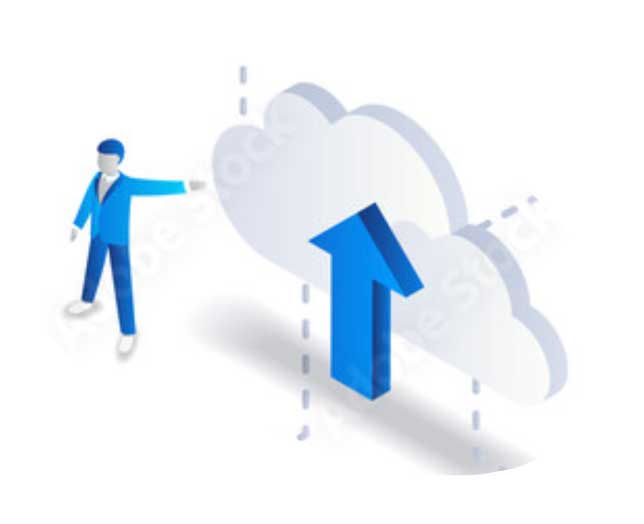Cloud Migration
It’s not about if you’re moving to the cloud, it’s more about how fast you can get there. Organizations want to migrate to the cloud to take advantage of the many benefits of cloud migration, including lower total cost of ownership (TCO), reduced downtime and maintenance, decreased IT overhead, and improved performance and security. These are all vital components to staying agile, delivering exceptional customer experiences, and keeping pace with today’s digital business infrastructure.
- Unified Approach: Start your migration to Azure by discovering and assessing on-premises resources and planning your move with insights. Migrate to Azure in waves and modernize for fast innovation and a high return on investment (ROI). Track and manage your progress using a central dashboard.
- Optimize Costs: Use agentless discovery, Azure readiness checks, and dependency analysis for efficient on-premises mapping and identification of resources ready for migration. Use insights to estimate the cost of migrating your right-sized resources to Azure for optimal cost. Modernize to platform as a service (PaaS) and software as a service (SaaS) to accelerate innovation and reduce costs.
- Security Baseline: The Microsoft cloud security benchmark provides recommendations on how you can secure your cloud solutions on Azure. The content is grouped by the security controls defined by the Microsoft cloud security benchmark and the related guidance applicable to Azure Migrate. You can monitor this security baseline and its recommendations using Microsoft Defender for Cloud. Azure Policy definitions will be listed in the Regulatory Compliance section of the Microsoft Defender for Cloud dashboard. When a feature has relevant Azure Policy Definitions, they are listed in this baseline to help you measure compliance to the Microsoft cloud security benchmark controls and recommendations. Some
recommendations may require a paid Microsoft Defender plan to enable certain security scenarios.
Building a Migration Plan:
Define cloud migration goals: Before you start, understanding and evaluating your motivation for moving to the cloud can contribute to a successful business outcome.

- Understand your digital estate: We Start by identifying your on-premises infrastructure, applications, and dependencies. This helps you to identify workloads for migration to Azure, and to gather optimized cost projections. The Discovery and assessment tool helps you to identify the workloads you have in use, dependencies between workloads, and workload optimization.
- Assess migration readiness: Using database assessments, you can assess the readiness of your SQL Server data estate for migration to Azure SQL Database, or Azure SQL Managed Instances. The assessment shows migration readiness status percentage for each of your SQL server instances. In addition, for each instance you can see the recommended target in Azure, potential migration blockers, a count of breaking changes, readiness for Azure SQL DB or Azure SQL VM, and a compatibility level. You can dig deeper to understand the impact of migration blockers, and recommendations for fixing them.
- Finalize the migration plan: Before we finalize your migration plan, we make sure to consider and mitigate other potential blockers, as follows: Network requirements, Testing/post-migration tweaks, Permissions, Training, Implementation support.